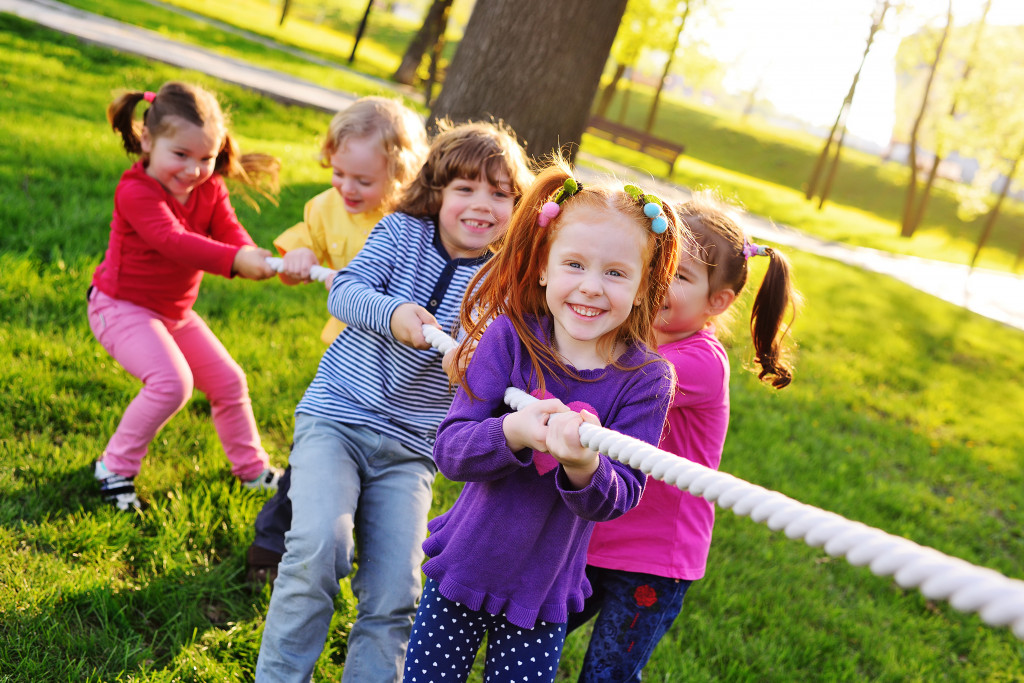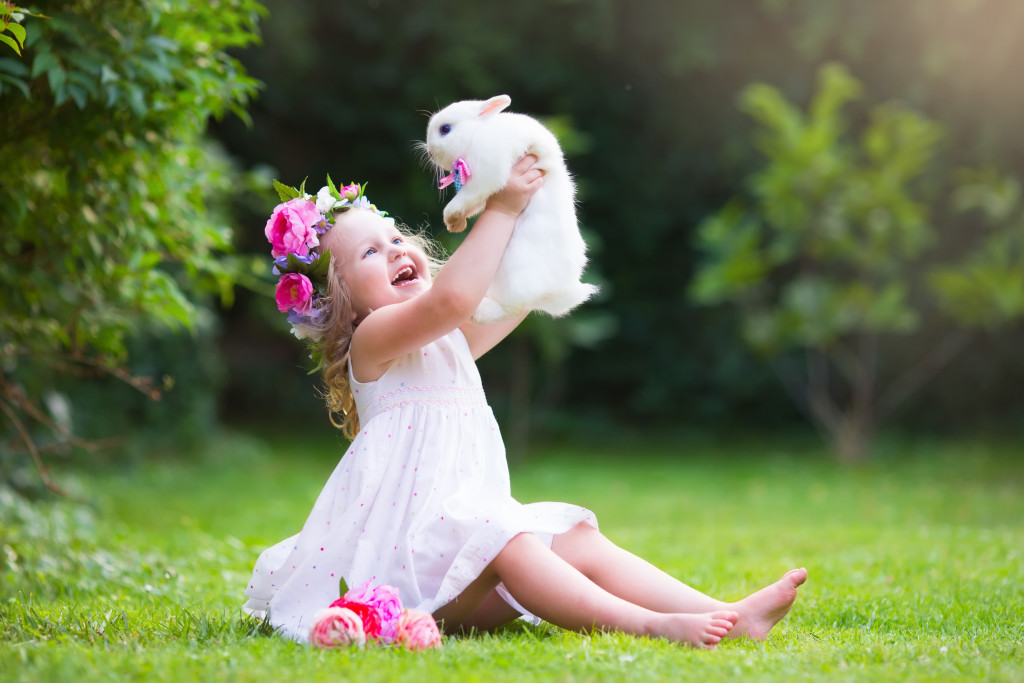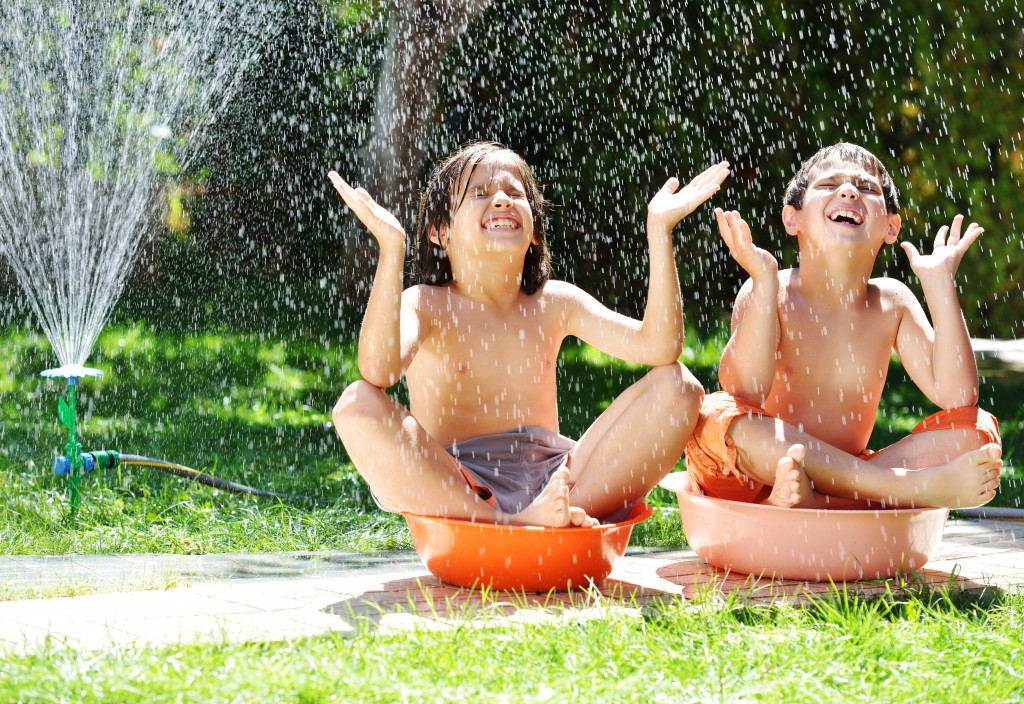- Open spaces allow children to be physically active, learn, interact with others, and develop their mental health.
- When building open spaces at home, lighting, safety, age-appropriateness, comfort, and aesthetics should all be considered.
- Providing open spaces for our children is essential for their physical, emotional, and social well-being.
- Outdoor environments can encourage environmental stewardship and promote a more sustainable future.
As a parent, you want your children to live a healthy and active lifestyle. One way to promote this is by providing them with open spaces to play and explore. While many families live in urban areas with little greenery, it is essential to understand the benefits of open spaces for your children’s physical and emotional growth. This blog post will discuss the importance of providing open spaces for your children.
Encourages Physical Activity
Open spaces like parks or gardens allow children to run and play freely. This encourages them to be more physically active, essential for their health and well-being. Being active also helps to reduce stress and anxiety in children and improves their sleep patterns.
Enhances Learning
Open spaces provide an ideal environment for children to learn and explore. Outdoor environments are rich with sensory stimuli, such as sounds, textures, and smells. Being outdoors also helps children develop their problem-solving skills, creativity, and imagination as they interact with the natural world.
Promotes Social Interaction
Open spaces encourage children to interact with others and develop their social skills. Playing with children from different backgrounds and cultures can broaden their perspectives and help them to learn how to communicate and make friends. Social interaction is essential to the growth and development of children, as it shapes their ability to connect with others.
Improves Mental Health

Open spaces provide a natural setting that promotes relaxation and reduces stress. Spending time in nature can help children feel more calm and relaxed, which can positively impact their mental health. Research has also shown that spending time in green spaces can help to reduce symptoms of Attention Deficit Hyperactivity Disorder (ADHD) and improve cognitive function.
Encourages Environmental Stewardship
Providing open spaces also helps to encourage children’s understanding and appreciation of the environment. As they learn more about nature, they become more environmentally conscious and develop a sense of responsibility towards our planet. This can inspire them to make positive changes in their own lives and contribute to a more sustainable future.
Building Open Spaces at Home
Now that you know the importance of open spaces for your children, you may wonder how to provide them with a place to explore. If you live in an urban area, there are still plenty of ways to bring nature and green spaces into your home. Here are some things to consider:
Lighting
Of course, one of the most important things to consider is lighting. While you can take advantage of natural light during day time, you would still need to provide ample lighting for nighttime. Consider consulting with professionals such as lighting designers who specialize in creating natural-looking, energy-efficient outdoor environments. They can help you create a safe and inviting space for your children to explore.
Safety

Before building an open space, it’s essential to prioritize safety. The area should be free from any sharp or dangerous objects. You should also check for any tripping hazards and eliminate them. If you plan on building structures, ensure they are sturdy enough to withstand your child’s weight. You should also consider adding gates, fences, or high barriers to prevent your child from wandering off or falling. Remember, safety should always come first.
Age-appropriate
Children of different ages have varying interests and abilities. It’s essential to create age-appropriate spaces. For example, a tiny toddler may not be interested in a basketball court, but a toy playpen would be perfect for their age.
On the other hand, an older child may enjoy a mini-golf course or a treehouse. It’s essential to consult with your child and understand their interests, limitations, and abilities before building an open space.
Comfort and aesthetics
Comfort and aesthetics are also important when building open spaces. Remember, the area should be pleasant to look at and comfortable. You can add greenery or flowers to add some color and warmth. Adding cushions and rugs will also make the space cozy and inviting. Also, consider adding lighting to the areas used day and night.
Final Thoughts
In conclusion, providing open spaces for our children is essential for their physical, emotional, and social well-being. Outdoor environments allow children to learn and explore, develop social skills, and improve their mental health.
They also play a crucial role in encouraging environmental stewardship and promoting a more sustainable future. By considering lighting, safety, age-appropriateness, comfort, and aesthetics when building open spaces at home, we can ensure our children have plenty of opportunities to explore the world around them.



















